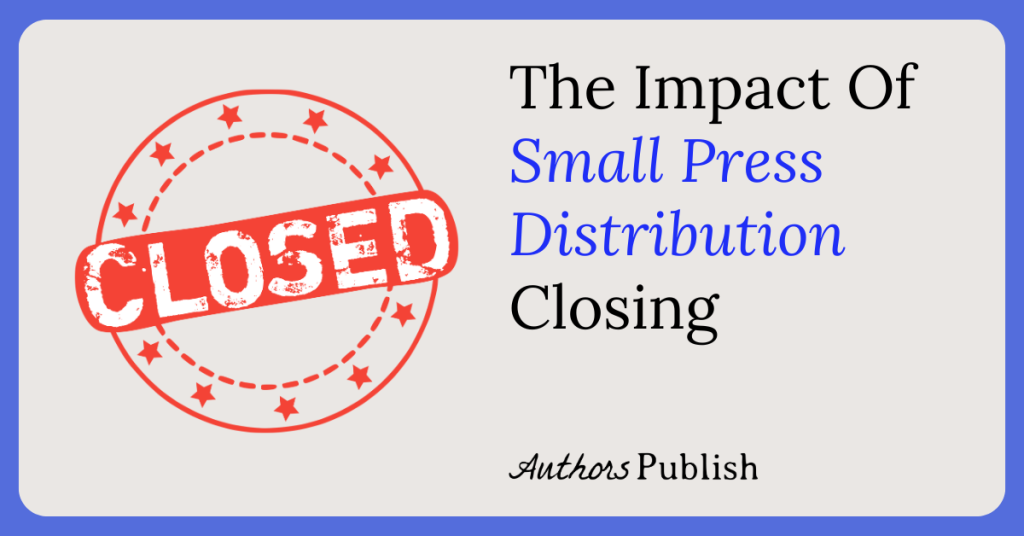No, I don’t propose to teach you how to drive an 18-wheeler in a magazine article, although I could. I’ve had a hand in numerous publications that teach truck driving, including BUMPER TO BUMPER®, The Complete Guide to Tractor-Trailer Operations. If you’ve never done it, you can imagine how unnerving is the prospect of getting behind the wheel of an enormous tractor semitrailer for someone who never drove anything larger than an automobile.
We writers can find ourselves similarly daunted when we try to drive a semi — a semicolon, that is. Though a fraction of the size of a big rig this little punctuation mark can be just as intimidating to those unfamiliar with it. Nevertheless it’s worthwhile to know how to use it. Just as being able to pilot an 18-wheeler increases a commercial driver’s worth, being in command of this grammatical element can empower your writing.
Simply put, semicolons separate two main clauses. The two clauses could stand alone as separate sentences. However, sometimes you may want to show a closer relationship between them:
I can’t go shopping. I don’t have any money.
Both are full sentences and complete thoughts but there’s no reason to assume that one has anything to do with the other.
I can’t go shopping because I don’t have any money.
Uniting them with a semicolon also suggests that the lack of money is why a shopping trip is out of the picture:
I can’t go shopping; I don’t have any money.
You could do that with a conjunction: Using a semicolon instead adds variety to your writing. Here’s an example from my most recent novel, The King’s Ransom:
The constable was right; a commoner would not have spoken with such authority, would have shown timidity and obeisance.
I could have made two sentences out of that, like this:
The constable was right. A commoner would not have spoken with such authority, would have shown timidity and obeisance.
The meaning would have been the same. However I already had quite a few short sentences in that paragraph. Linking the first clause, “The constable was right” to the second resulted in a longer sentence.
Speaking of conjunctions and cause-and-effect, use a semicolon when using a conjunctive adverb like “therefore” as in:
I don’t have any money; therefore, I can’t go shopping.
A semicolon connects two clauses that are related through contrast or comparison.
Semicolons also help to organize items in a list that uses lots of commas. Without the semicolons this series:
George, the batter, hit a high fly, Andy, the first baseman, made it to second, and Ollie, the crowd favorite, slid home.
would have to be broken up into three separate sentences:
George, the batter, hit a high fly. Andy, the first baseman, made it to second. Ollie, the crowd favorite, slid home.
Semicolons sort out the action:
George, the batter, hit a high fly; Andy, the first baseman, made it to second; and Ollie, the crowd favorite, slid home.
Almost as baffling as the semicolon is the serial comma, sometimes known as the Oxford comma. Commas divide items in a simple list. The serial comma comes before the final conjunction in the list.
Playing ball were George, Andy, and Ollie.
Some style guides eschew using the serial comma for a simple list such as the example above. My practice has been to use the serial comma in literary writing but not for journalistic writing such as newspaper stories and blog posts. This rule-of-thumb that stems from years of writing and editing newspaper stories and referring to the AP Stylebook for guidance. However, recently an editor friend lobbied for “all serial commas all the time” and I have found myself using it even for simple lists in non-literary writing. There are instances of simple lists when a serial comma can contribute to more clarity. There is a big difference between:
I like to snack on bacon, peanut butter and banana sandwiches.
and
I like to snack on bacon, peanut butter, and banana sandwiches.
The first describes a dish that Elvis Presley reportedly enjoyed. The second lists three individual treats.
Choosing to use serial commas consistently probably doesn’t pose a huge risk unless your writing will be judged against a style sheet that considers using serial commas in simple lists to be redundant.
So while you may not know any more now than you already did about driving a tractor-semitrailer, you will be able to avoid some of the potholes on the road to great writing.
Bio: Devorah Fox is the author of The Lost King, and The King’s Ransom, acclaimed literary fantasy novels, Devorah Fox is also president of Mike Byrnes and Associates, Inc., publishers of BUMPER TO BUMPER® The Complete Guide to Tractor-Trailer Operations and developer of the Easy CDL test prep apps for smartphones. Visit her at http://devorahfox.com.






